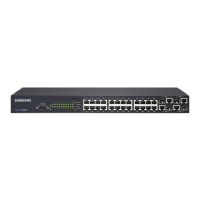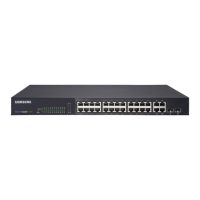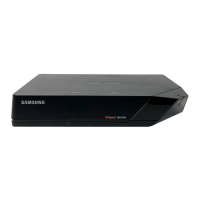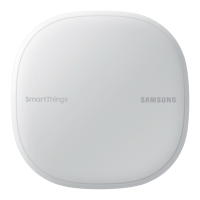What to do if I cannot connect to my Samsung iES4028F Network Router using Secure Shell?
- UusmithAug 15, 2025
If you're having trouble connecting to your Samsung Network Router using Secure Shell (SSH), consider the following: * You may have exceeded the maximum number of concurrent Telnet/SSH sessions permitted. Try connecting again later. * Ensure the SSH server's control parameters are properly configured on the switch, and that the SSH client software is correctly configured on your management station. * Verify that you've generated both an RSA and DSA public key on the switch, exported this key to the SSH client, and enabled SSH service. * Confirm you've set up an account on the switch for each SSH user, including username, authentication level, and password. * If using public key authentication, be sure you've imported the client's public key to the switch.







